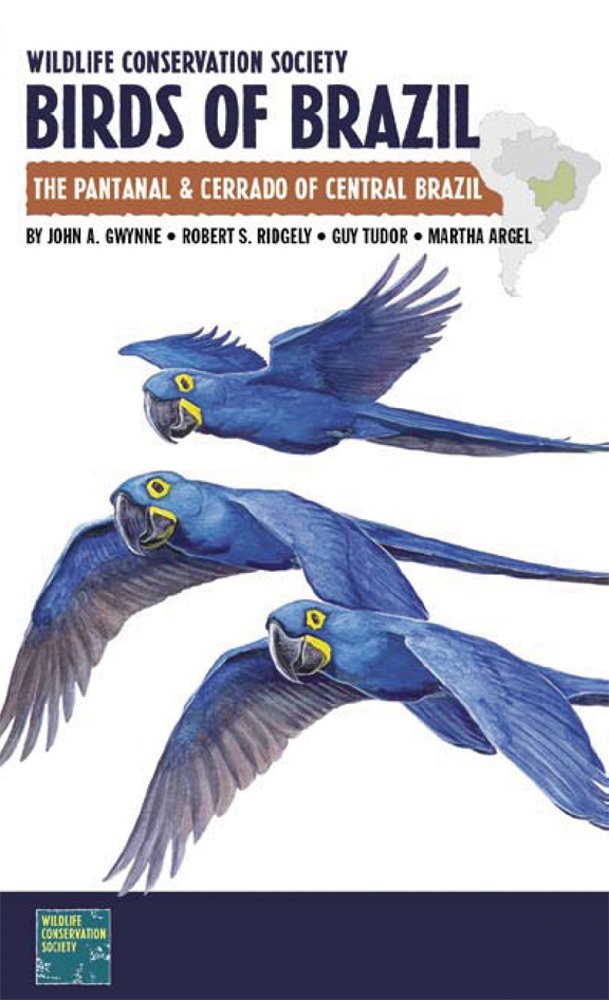Wildlife Conservation Society Birds of Brazil: The Pantanal and Cerrado of Central Brazil (A Field Guide)
$21.55Pros
- artwork by several artists is of very good quality
- A range map is provided for each of the illustrated species
- passerines are from Guy Tudor's Birds of South America
Cons
- muted colors on many plates
- only a single illustration for many birds
- focuses on just the regional birds of the Pantanal and Cerrado habitat zones of south-central Brazil
23-Feb-2011
“Nearly all 740+ species are illustrated by very good color plates. Despite being done by several different artists, the artistry blends well together. The proportions, colors, and field marks are to be commended. The only two features that stand out for minor criticism is the somewhat diffused or muted colors on many plates. I can’t tell if this is due to the printing or to the artistic style. Second, many of the birds are shown by only a single illustration. However, the distinct male/female plumages are shown when any differences exist. And, some birds such as parrots, hawks, swallows, nightjars, and shorebirds are shown in flight.”
Publisher’s Description:
Brazil, the fifth largest nation in the world, is one of the planet’s richest places for avian diversity and endemism. With the Birds of Brazil field guide series, the Wildlife Conservation Society brings together a top international team to do justice to the incredible diversity of Brazil’s avifauna. This first guide of the planned five-volume series features the 743 bird species of the Pantanal and Cerrado regions of Central Brazil.The sprawling Pantanal plain, one of the world’s most famed birding sites, is a seasonally flooded wetland boasting both impressive concentrations of large waterbirds and species such as the Toco Toucan, Hyacinth Macaw, Golden-collared Macaw, and endemic Blaze-winged Parakeets. The Cerrado is a distinctive Brazilian habitat that is the planet’s biologically richest savanna.This compact modern field guide’s unparalleled color artwork throughout, identification points, and range map for each species enable easy identification of all the birds normally found in these vibrant and critically important areas of Brazil. With 116 threatened species encompassing 25 percent of South America’s threatened birds, Brazil has an imperative to conserve its birds and unique habitats that begins with their appreciation and identification. Thus, the species accounts are coupled with an introductory chapter on the region’s unique environments and pressing conservation challenges. This practical and portable guide is an indispensable companion to those visiting Brazil’s glorious natural areas of the Pantanal and Cerrado.

